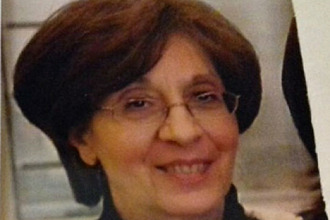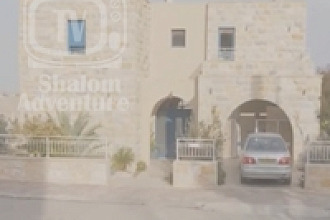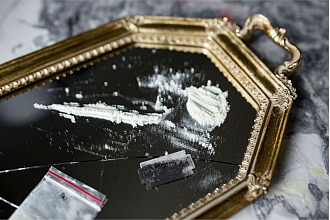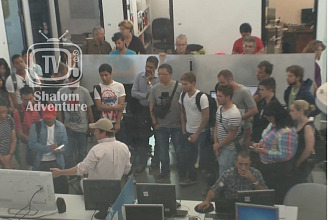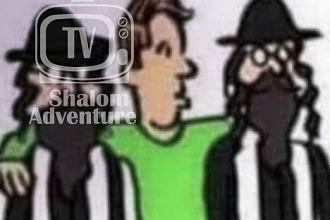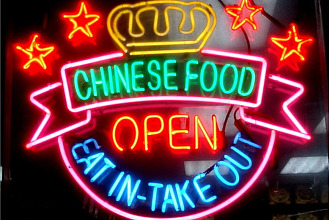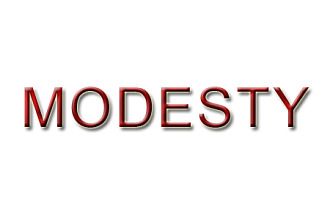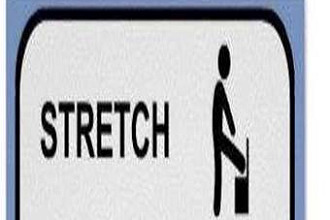The Chinese government, which now recognizes Jews as an official Chinese ethnic group, is also paying more attention to the country's Jewish past.
The Jewish presence in China is at least one thousand years old, and elements remain today, despite assimilation and Communist anti-religious persecution.
An Ancient Letter Tells the Story
A letter written around 718 by a businessman seeking to sell some sheep was found preserved 100 years ago in western China. The document, which was written on paper, then made only in China, is in Judeo-Persian, then a common business language in Central Asia, using Hebrew letters. Scholars believe it indicates a Jewish presence.
Later, another paper containing a Selihot, a Hebrew prayer, was found in the Caves of One Thousand Buddhas in Dunhuang.
Silk Road Merchants Flourish
Capital of the Sung Dynasty, Kaifeng was a bustling Silk Road trading center one thousand years ago. Around 960, a group of Persian Jews, merchants or refugees, arrived in the city.
The emperor allowed them to build a synagogue, commemorated by a 1489 stone tablet in the Kaifeng Museum. In addition, a street in what was once the Jewish quarter is known as "The Lane of the Sect that Teaches the Scriptures." A Chinese-language Torah from the Kaifeng synagogue is in the British Museum in London.
Working on the Railroad
Russian Jews were numerous in Harbin around the turn of the century. Many came to build railroads in China. BBC News recently reported that officials think several hundred buildings in Harbin were part of the Jewish community. The city also contains a Hebrew cemetery.
European Refugees
Shanghai has long been one of the most cosmopolitan cities in China. Jews fleeing Russia in the 1900s were followed by refugees from the Nazis during World War II. Once there were 30,000 Jews in Shanghai. Most fled when the Communists took over in 1959. On Sept. 29, 2000, Rosh Hashanah services were held at the Ohel Rachel Synagogue for the first time in nearly 50 years. There are also a Jewish library and a Jewish museum in the city.
Originally found here
Picture originally found here








